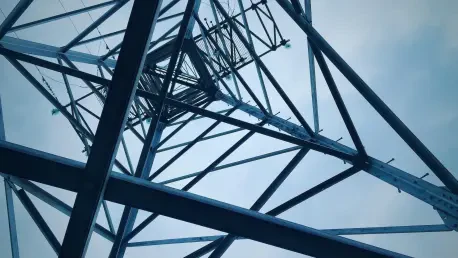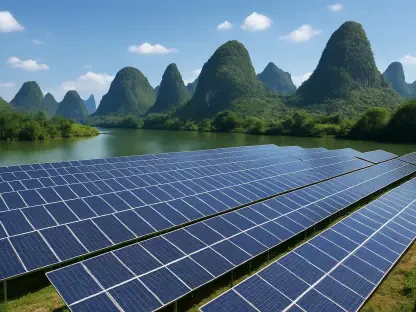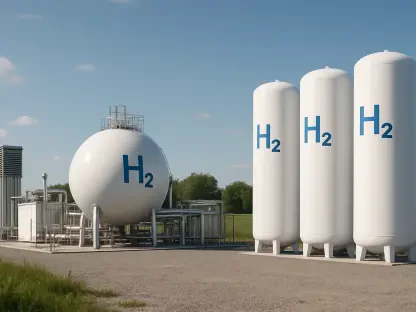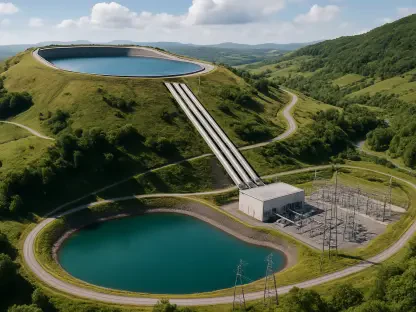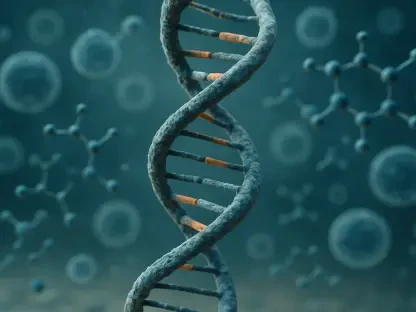The United States is at a pivotal moment in addressing an ever-growing demand for electricity as digital technologies continue evolving and the electrification age progresses. This situation has been exacerbated by consistently rising demand, driven by increased power consumption from technologies like artificial intelligence, electric vehicles, and other advanced digital tools. Current projections indicate that electricity demand is set to grow by roughly 16% within the next five years, necessitating substantial increases in capacity to prevent interruptions in supply. As the gap between what the nation produces and what is required widens, it becomes clear that existing methodologies for power grid management are ill-equipped to cope with this expanding demand. Residential electricity costs have surged relentlessly, primarily due to inefficiencies inherent in an aging system that fails to meet the challenges of modernity. This trend underscores the need for innovative solutions that focus on enhancing energy efficiency and sustainability, ensuring a robust power network that can cater to future needs efficiently.
Challenges and Inefficiencies of Traditional Grid Management
Traditional approaches to grid management are proving inadequate in the face of mounting demand, leaving consumers and businesses with escalating electricity costs. Over the past decade, the inability to bridge the gap between production and consumption has resulted in a significant rise in these costs, with average residential power prices increasing by nearly a third. This inefficiency is rooted in a system that routinely loses massive quantities of electricity—estimated to be between 270 billion kWh to 370 billion kWh annually—equivalent to about 10% of nationwide generation. Such losses illustrate a pressing need for overhaul, yet current measures remain largely insufficient. The grid, likened to an overstressed bridge buckling under relentless traffic, finds itself severely strained due to rising demand without corresponding advancements in capacity or resilience. Recent incidents in Spain and Portugal serve as cautionary tales, where disruptions in over 60% of power supply due to imbalances between generation and demand highlight the vulnerability of systems overly reliant on renewable sources without robust base load power. The U.S. faces potential systemic failures if proactive steps are not taken soon.
Innovative Demand-Side Management Solutions
Pivotal to modernizing grid infrastructure is the introduction of demand-side energy management, a forward-thinking approach aimed at maximizing efficiency through decentralized power generation. This strategy emphasizes localizing power generation and monitoring closer to consumption points, enhancing flexibility and efficiency. Microgrids play a central role in this transition, offering autonomous local energy systems that operate independently from larger grids. They incorporate behind-the-meter power sources like solar panels, batteries, and generators, reducing strain on existing infrastructure. Microgrids promise substantial improvements, not only in reliability but also in cost efficiency. For commercial businesses, integrating microgrids can boost operational efficiency by 25 to 35%, yielding notable financial benefits. Additionally, on-site power generation offers instant backup capabilities to prevent downtime, enables demand charge reductions through load shifting, augments power quality management, and contributes to emission reductions, underscoring sustainability efforts. This decentralized approach is poised to redefine grid design, encouraging localized energy sources that diminish reliance on expansive transmission lines.
Collaboration and Future Considerations
Improving America’s power grid calls for a comprehensive, collaborative effort involving utilities, policymakers, and consumers. Policies encouraging demand-side innovation, coupled with engineering-focused redesign strategies, promise a more resilient and efficient energy framework capable of meeting modern demands. Emphasizing decentralization, this approach seeks to move from constructing large, distant power plants to strategically deploying local energy sources that serve consumption points directly, reducing infrastructure demands. Programs like Florida Power & Light’s Commercial Demand Reduction and Duke Energy’s Interruptible Rate are starting points for advancing these collaborative models, ensuring full integration and mutual benefit. The necessity of collaboration extends beyond mere improvement; it includes anticipatory measures to avert potential access limitations looming over the grid should changes not be implemented. Aligning innovation with operational efficiency positions the U.S. for consistent energy delivery that supports growing demand while fostering environmental stewardship. Through joint efforts, embracing demand-side solutions is an achievable path, transforming the electricity landscape into a sustainable, optimized system.
Bridging Toward a Sustainable Energy Future
The United States is facing a critical juncture as it addresses a growing demand for electricity due to the rapid evolution of digital technologies and a shift towards increased electrification. This situation has been intensified by continually rising energy needs, driven largely by technologies such as artificial intelligence, electric vehicles, and other digital advancements. Projections suggest electricity demand will increase by approximately 16% over the next five years, necessitating significant expansions in capacity to avoid supply disruptions. As the gap between produced and required electricity widens, it is apparent that current power grid management methods are insufficient to handle this rising demand. The aging infrastructure’s inefficiencies have led to relentless surges in residential electricity costs, highlighting the need for innovative solutions. Emphasizing energy efficiency and sustainability is crucial to create a robust power network capable of fulfilling future demands effectively while reducing costs and supporting modern technological advancements.
